The results are in: The Labrador retriever is America’s most popular dog breed for the 32nd consecutive year! Playful, friendly, and affectionate, black Labs make amazing family pets.
But did you know these beloved pups have something in common with James Bond, the most famous fictional superspy? According to the American Kennel Club, the black Lab’s registration code is none other than 007. Is a black Labrador retriever the perfect pet for your family? Here’s everything you need to know about America’s favorite dog breed.
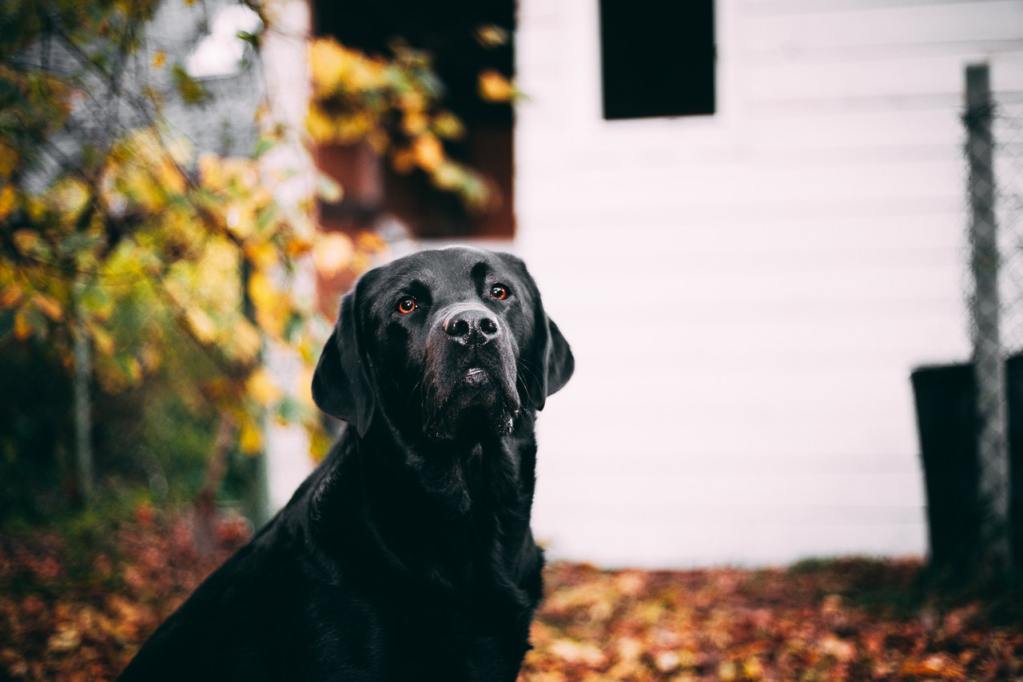
Are black Labradors good pets?
A medium-to-large-sized breed, Labs weigh anywhere from 55 to 85 pounds, with females being smaller than males. Labs are active, sociable dogs who form lasting bonds with family members but are friendly toward strangers too. With their double coats and webbed feet, Labs make excellent companions for water-loving families, but they’re also equally at home romping through a yard with kids.
Not only are Labs fantastic dogs for families with children, but they’re also friendly and docile enough to befriend other dogs, livestock, and even the family cat. However, you’ll want to socialize your Lab puppy properly before you introduce them to kids and other pets. Also, Labs require a tremendous amount of exercise — around 80 minutes a day is best — so make sure to use a high-quality flea and tick preventative to keep your pooch from bringing pests into your home.
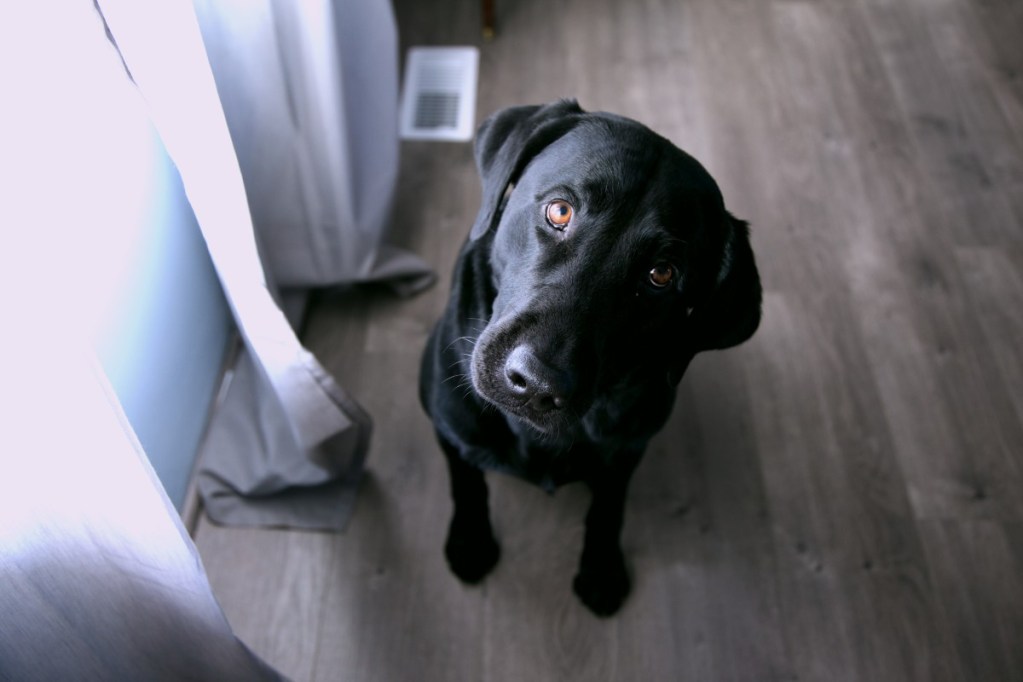
What are black Labs known for?
Some breeds, such as St. Bernards, are known for their heroism. Others, like the Afghan hound, are infamously dimwitted. Black Labs, like all other Labrador retrievers, are renowned for being good-natured, eager to please, and just a bit goofy. Labs are definitely people-pleasers, and their inherent gentleness and drive to impress their pet parents help Labs excel in one of the most important fields: service.
This hard-working breed is often trained for use as service dogs, therapy dogs, and even seizure detection dogs. Labs are so friendly and easy to train, it’s no wonder they’re one of the most popular breeds in use as service animals. Not only can a Lab help their human cross a busy intersection, but they can also be trained to fetch medical equipment — and even be taught to call an ambulance if their handler is suffering from a prolonged seizure or loses consciousness due to diabetic shock.
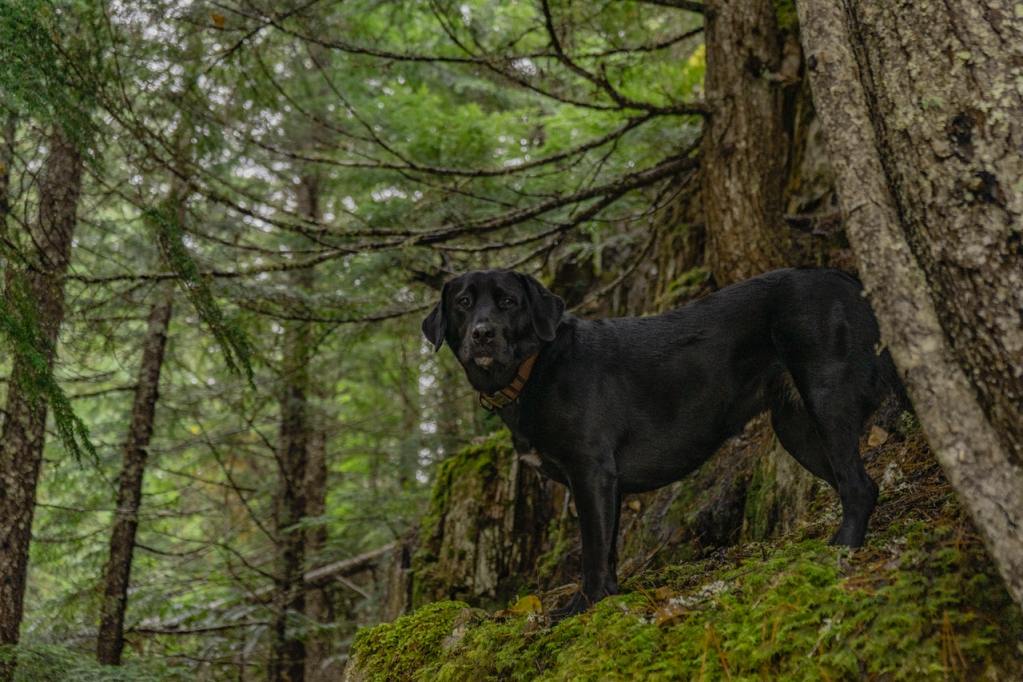
Is a black Lab a Labrador Retriever?
While black Labs, chocolate Labs, and yellow Labs have very different coats, they’re all members of the same breed: the Labrador retriever. In fact, black Labs were historically favored over their yellow- and chocolate-hued counterparts. Between the late 1800s and early 1900s, yellow Labs and chocolate Labs were so undesirable they almost went extinct. Newfoundland placed a steep tax on households with more than one dog, and because black Labs were preferred, the number of yellow Labs and chocolate Labs dropped significantly. Thankfully, yellow Labs and chocolate Labs have made a successful comeback, though black Labs remain the most popular with pet parents.
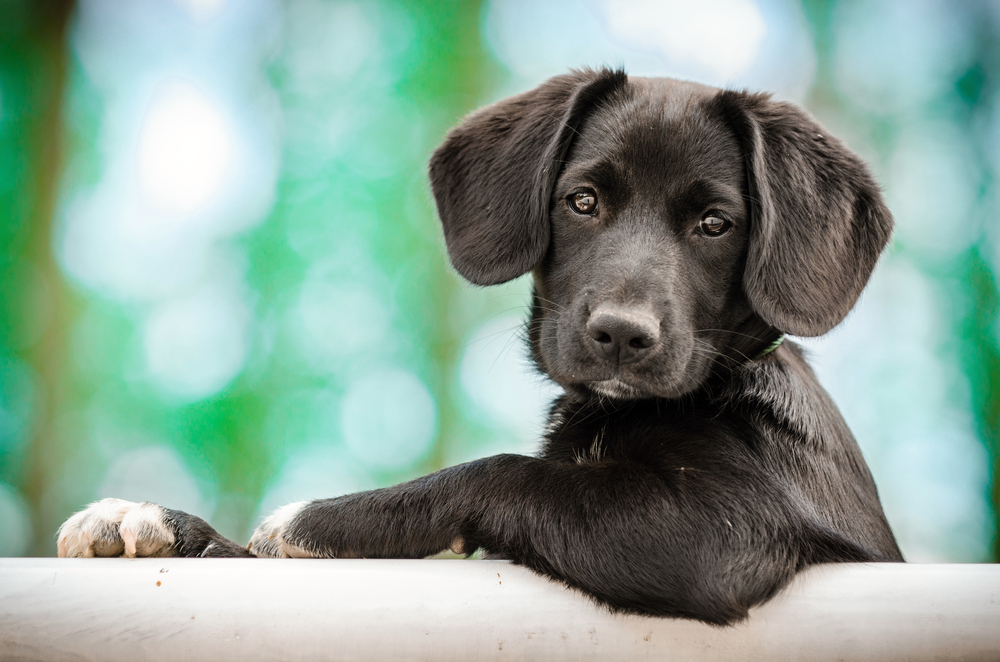
Is a black Lab right for you?
Labrador retrievers make wonderful companions whether you live alone or have a big family, but only if you’re willing to put in the time and effort to keep your pooch happy. While Labs have relatively low grooming requirements, they shed twice a year. If you’re precious about keeping dog hair off your sofa, a Lab might not be the best option for you. That said, regularly brushing and bathing your dog during the shedding period can help cut down on the amount of hair left behind on your furniture, your floor, and your clothes.
Labs are hard-working, energetic dogs. If you’re frequently away from home or live a primarily sedentary lifestyle, you might think a low-energy breed is a better choice. However, science says you might not want to discount the Lab as an option. These active pups can easily become a little too sedentary. A recent survey of veterinarians found that roughly 60% of all Labrador retrievers seen in clinics are obese. Why? Even among chowhounds, Labs are notoriously obsessed with food and tend to quickly pack on the pounds.
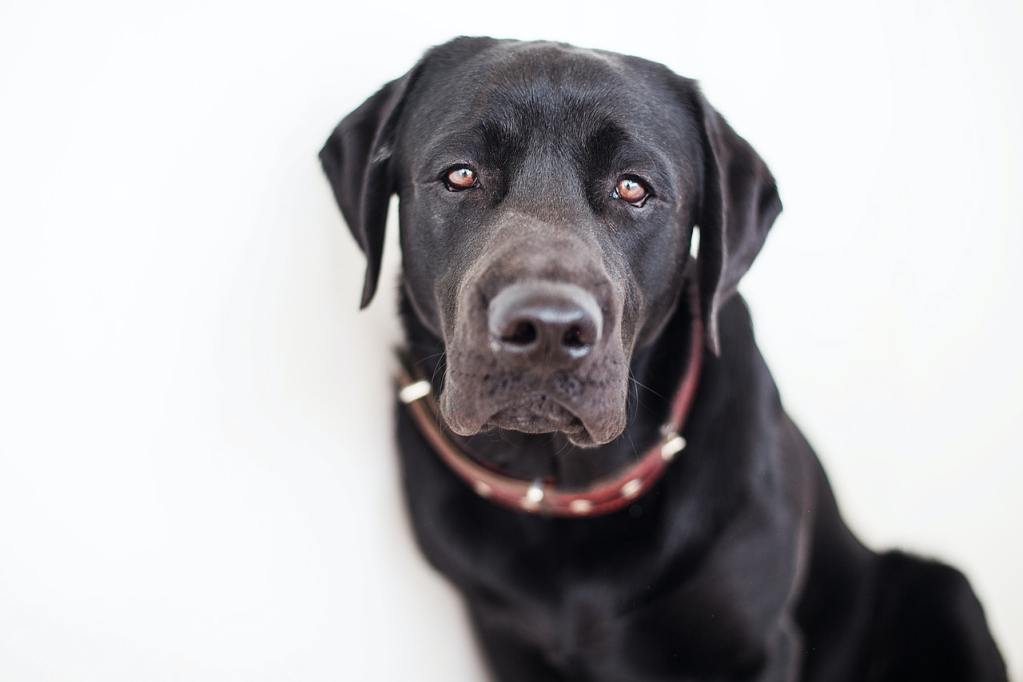
If you’ve decided on a Labrador retriever, you’ll want to make sure your fur baby gets plenty of exercise. You can keep your Lab entertained while you’re away from home by hiding toys in strategic locations around the house. Another good option? A puzzle feeder filled with healthy, low-calorie snacks like raw carrots and green beans, which are high in fiber and low in fat. Make sure to spend plenty of time bonding with your dog, and we’re sure you’ll join the ranks of loyal Lab lovers.
Editors' Recommendations
- 5 surefire ways to keep your dog off your bed and get a good night’s sleep
- Video: This family dog is the world’s best babysitter
- Funny dog video: Pup has an adorable reaction to a superhero pet on TV
- Science says dogs cry tears of happiness when reunited with their humans
- Video: Dog befriends bike thief (or why golden retrievers shouldn’t be guard dogs)




